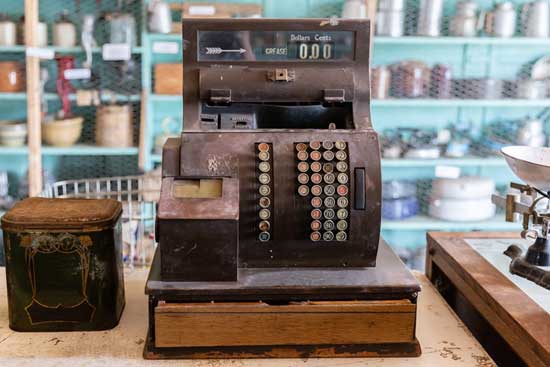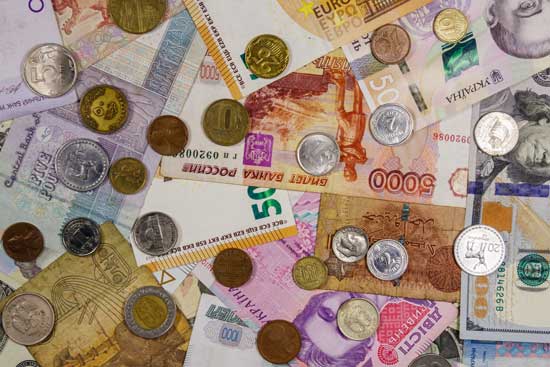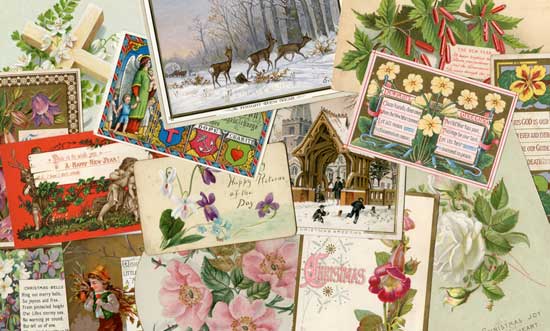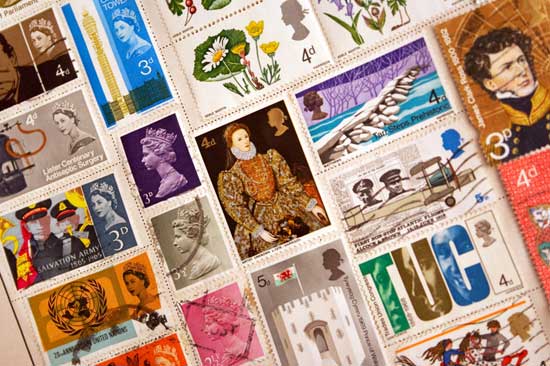You probably have many items in your home you’ve never taken stock of or thought about in-depth. However, every object in existence has meaning and history, no matter how insignificant you believe it to be. You may wonder about your family history but can’t imagine that any of the things they owned supply clues to their pasts.
It’s time to think more creatively. When you expand your ideology, you’ll discover many everyday things that once played a major role in someone’s life.

What Are Artifacts?
An artifact is anything made by humans that holds a cultural or historical weight. Family artifacts don’t have to be particularly ancient to have significance, nor must they be monetarily valuable. Something as simple as a stuffed toy can be an artifact. People often associate the term with hard science and archaeological excavation, but anthropology factors in, too. A baby blanket that your favorite uncle owned may not be your first example, but it counts.
Unearthing the history of old objects deals with both objective facts and personal meaning.
1. Clothing
Clothing like hats, gloves, dresses or scarves are all examples of everyday objects that hold more meaning than we anticipate. If your relatives aren’t the type to dispose of dated belongings, they likely have a closet full of old clothes somewhere. These items are direct gateways to the past — specifically, fashion trends and styles of previous decades. There could be a pair of shoes your mother wore on her first date or a shirt your father received from an old friend.
2. Coins

Commemorative coins become rare and valuable once they go out of circulation. They look like regular coins, save for the images imprinted on them, but they hold a higher cultural significance. The U.S. Mint engraves them with images relating to specific people, places or events in American history. Various social or political groups that required money to build monuments or fund organizations would create designs for these coins and distribute them once they were printed.
The money boosted the causes these groups were fighting for, but the coins themselves facilitated national acknowledgment of certain events or individuals. Events these coins recognized in the past include the Special Olympics, the World Cup Tournament and the Korean War. You can learn about personal history through them because they’re only available for specific years. If a relative owns one, you could inquire about what they experienced during that year or how they came to have the coin.
3. Letters/Postcards

People usually associate letters and postcards with decades past. Most people abandoned these forms of communication due to technological advancements, but some still reminisce on the sincerity of writing a letter. When you find a trunk full of love letters your grandfather sent to your grandmother, or vice versa, you hold a piece of history in your hands. Artifacts like these are rare and intimate because you can’t replicate them, and they give insights to the inner workings of the writer’s mind.
Postcards often showcase images relevant to the era they existed in. In times where people didn’t have the luxury of television or radio, they provided expansive views of the world. Trade cards embody a similar concept but are more akin to modern business cards. Merchants advertised their wares with trade cards, so if you have store owners from the late 1800s in your ancestral line, there’s a chance they owned some.
4. Quilts
A forgotten quilt stuffed in the back of your closet can also offer clues to the past. Women of the 1840s began creating friendship quilts, also known as album quilts, to commemorate special events like weddings, births or big moves. Friends and family would sign their names upon pieces of fabric and add them to a quilt that one person would stitch together.
Not all of them existed for the sake of sentiment, however. Some related to social and political movements. By stitching words, motifs or images, the quiltmaker conveyed a message relevant to their passion. Popular causes include feminism, abolition, and temperance.
5. Stamps

Stamps, like letters, are gradually falling out of widespread use, but they are beneficial for tracking history. Many depict historical figures or landmarks. Like postcards, these images are often relevant to the time. You may not assume stamps have direct ties to your background but think again. Even if none of your ancestors ever appeared on a stamp, this object still connects you to them in other ways.
Genealogists have begun testing DNA on stamps and envelopes to discover new familial ties. A stamp from a letter your great-grandmother sent to your grandmother could be a legitimate source for extracting DNA. Of course, some people point out the ethical concerns of such a practice, but as with most DNA testing, it has its advantages and disadvantages.
Reconnect With Your Roots
Discovering your familial past through ordinary objects will enrich your knowledge of the many who came before you. Open up that attic or dust off that trunk and see what you uncover.










